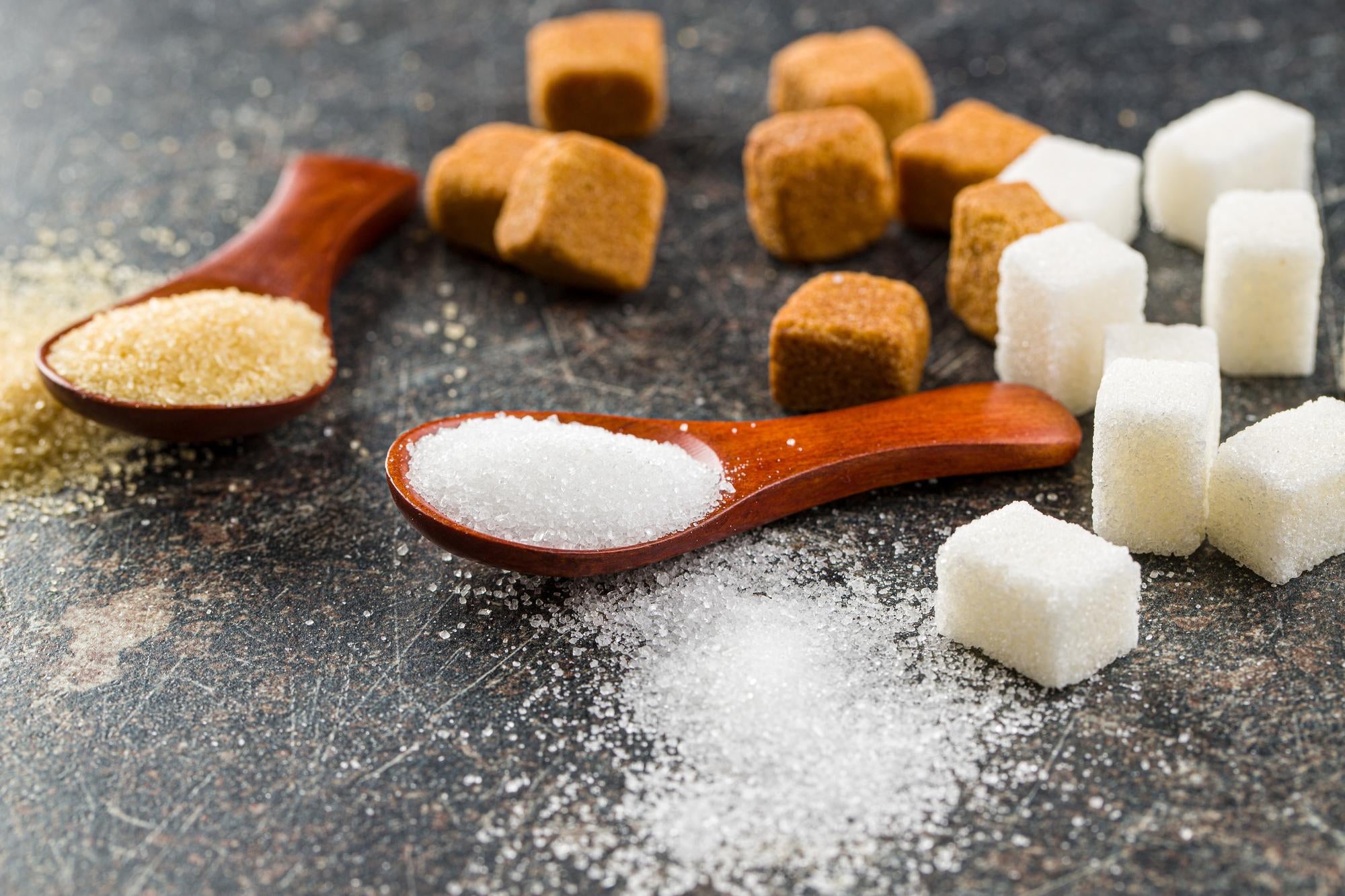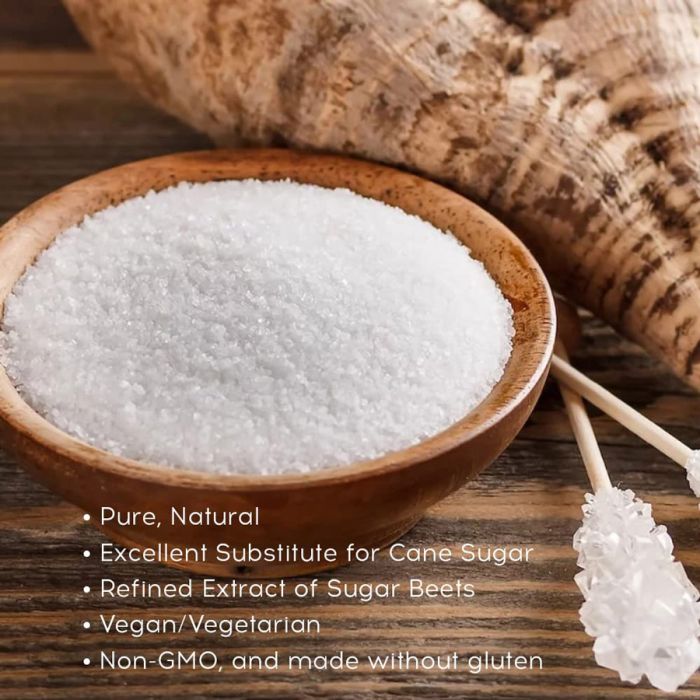The agricultural practices for beet sugar vs cane sugar contribute to differences in processing efficiency.
Discovering the Differences in operation and Benefits Between Beet Sugar Vs Cane Sugar
In the cooking world, the option between beet sugar and cane sugar is not merely regarding sweetness however entails a nuanced consideration of taste, application, and impact. While both sugars stem from different plants, each goes through one-of-a-kind production procedures that discreetly influence their attributes and suitability for numerous meals.
Origins and Production Processes of Beet and Cane Sugar

Walking stick sugar, on the other hand, comes from the sugarcane plant, an exotic lawn belonging to Southeast Asia today cultivated in exotic zones worldwide. The manufacturing of cane sugar begins with the harvesting of cane stalks, which are crushed to release the juice. This juice is after that steamed to concentrate it, after which it is spun in centrifuges to produce raw sugar crystals. These crystals are additional fine-tuned to generate the white sugar generally offered in shops.

Nutritional Material and Health And Wellness Considerations

When comparing the dietary web content of beet sugar and cane sugar, it ends up being obvious that both kinds basically supply the very same caloric worths, with around 16 calories per tsp and no substantial nutrient variety. Both sugars, when consumed in excess, can add to raised blood glucose levels, a risk factor for diabetes mellitus and various other metabolic problems. From a wellness point of view, regulating consumption of any type of kind of sugar, whether from beet or cane, is recommended to avoid these potential unfavorable effects on health.
Taste Accounts and Culinary Applications
In spite of their similar chemical structures, beet sugar and cane sugar differ discreetly in flavor, which can affect their use in various culinary contexts. Walking stick sugar typically carries a hint of molasses, even in its refined kind, offering a warm, caramel-like undertone More about the author that enhances baked products, coffee, and chocolate-based dishes. This minor molasses flavor is specifically valued in the baking sector for adding depth to sweets and breads. On the various other hand, beet sugar is defined by its highly improved, neutral taste, making it a versatile sweetener that does not alter the taste profiles of recipes. This neutrality is specifically valuable in delicate recipes, such as light breads, creams, and some top article sauces, where the inherent flavors of various other ingredients are meant to stand out. Chefs and food makers might pick one type of sugar over the various other based on the preferred flavor end result of their cooking developments.
Ecological Impact and Sustainability
While both beet and cane sugars are derived from plants, their ecological effects vary substantially due to the distinct methods of farming and processing needed for each. Sugar beet growing typically entails comprehensive mechanization, which can raise fossil fuel consumption and carbon emissions.
Moreover, the handling of sugarcane typically produces a substantial amount of waste, including bagasse, which, although useful as biofuel, often contributes to air pollution if burned inefficiently. Sugar beet processing utilizes even more of the raw materials, leading to much less waste. Both sectors face difficulties in lowering their ecological impacts, however continuous innovations in agricultural practices and waste management are intending to improve sustainability.
Economic Elements Influencing the Sugar Sector
The financial dynamics of the sugar market are dramatically influenced by global market needs and profession plans. Factors such as tariffs, subsidies, and global profession agreements play vital functions fit the competitive landscape. As an example, in regions where sugarcane or sugar beet manufacturing is subsidized, producers might have a financial advantage that allows them to provide lower rates on the international market. This can produce disparities in productivity and market accessibility for producers in nations without such subsidies.
Additionally, variations in global demand for sugar, influenced by nutritional patterns and commercial click to read use in foodstuff, straight influence costs and manufacturing levels. beet sugar vs cane sugar. Weather condition problems also play an essential role, as they can considerably influence plant yields and, as a result, the supply chain. This irregularity presents a degree of economic uncertainty that can bring about financial investment volatility in sugar production industries, affecting decisions from growing to market method
Verdict
To conclude, both beet and cane sugar have distinct high qualities that suit various cooking needs. While cane sugar imparts a rich flavor perfect for boosting baked products, beet sugar's neutrality is ideal for lighter meals. Nutritional resemblances notwithstanding, their distinctive production procedures and environmental impacts add complexity to the choice between them. Hence, comprehending these distinctions assists cooks and customers make educated decisions that line up with their health, culinary, and honest preferences.